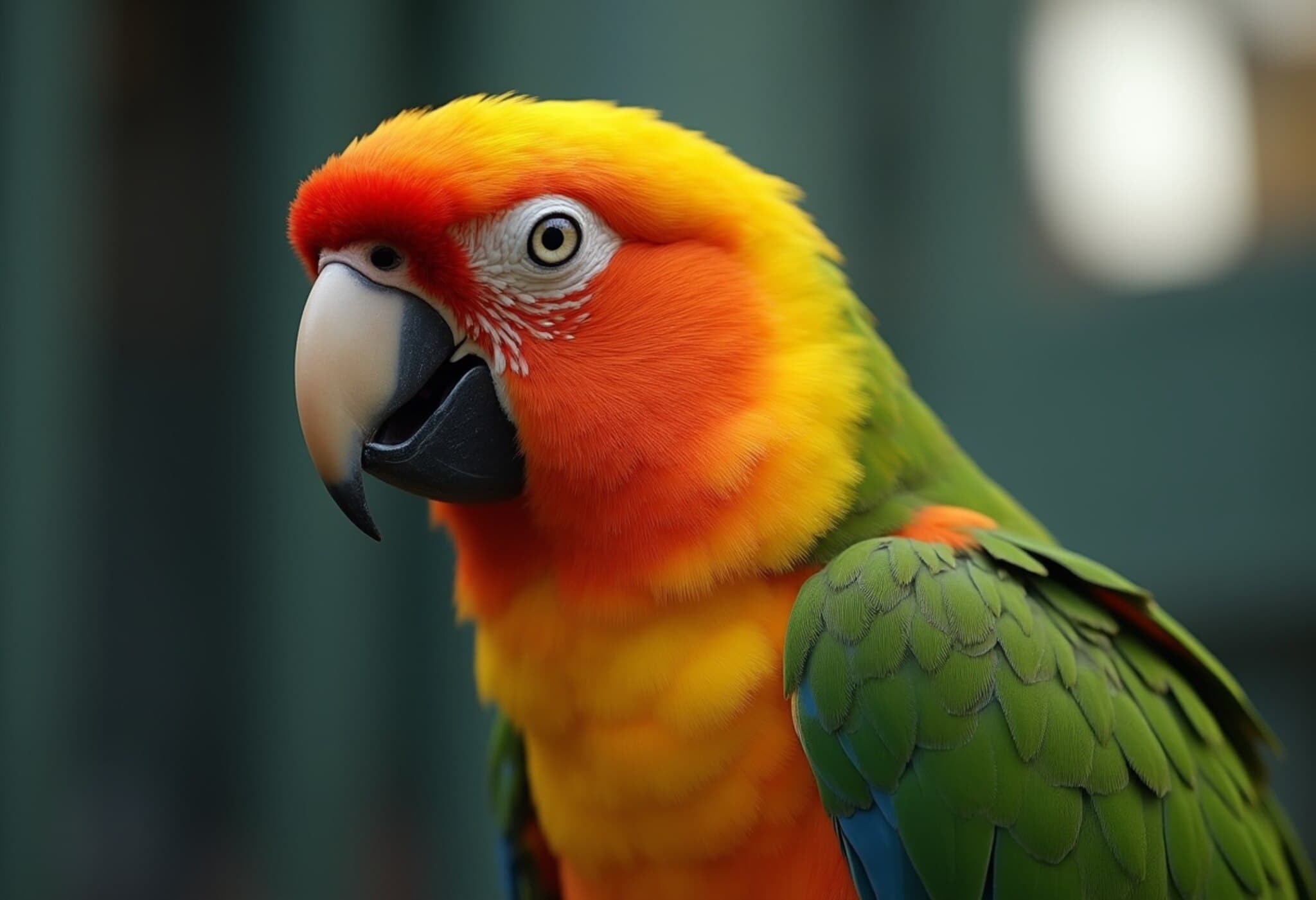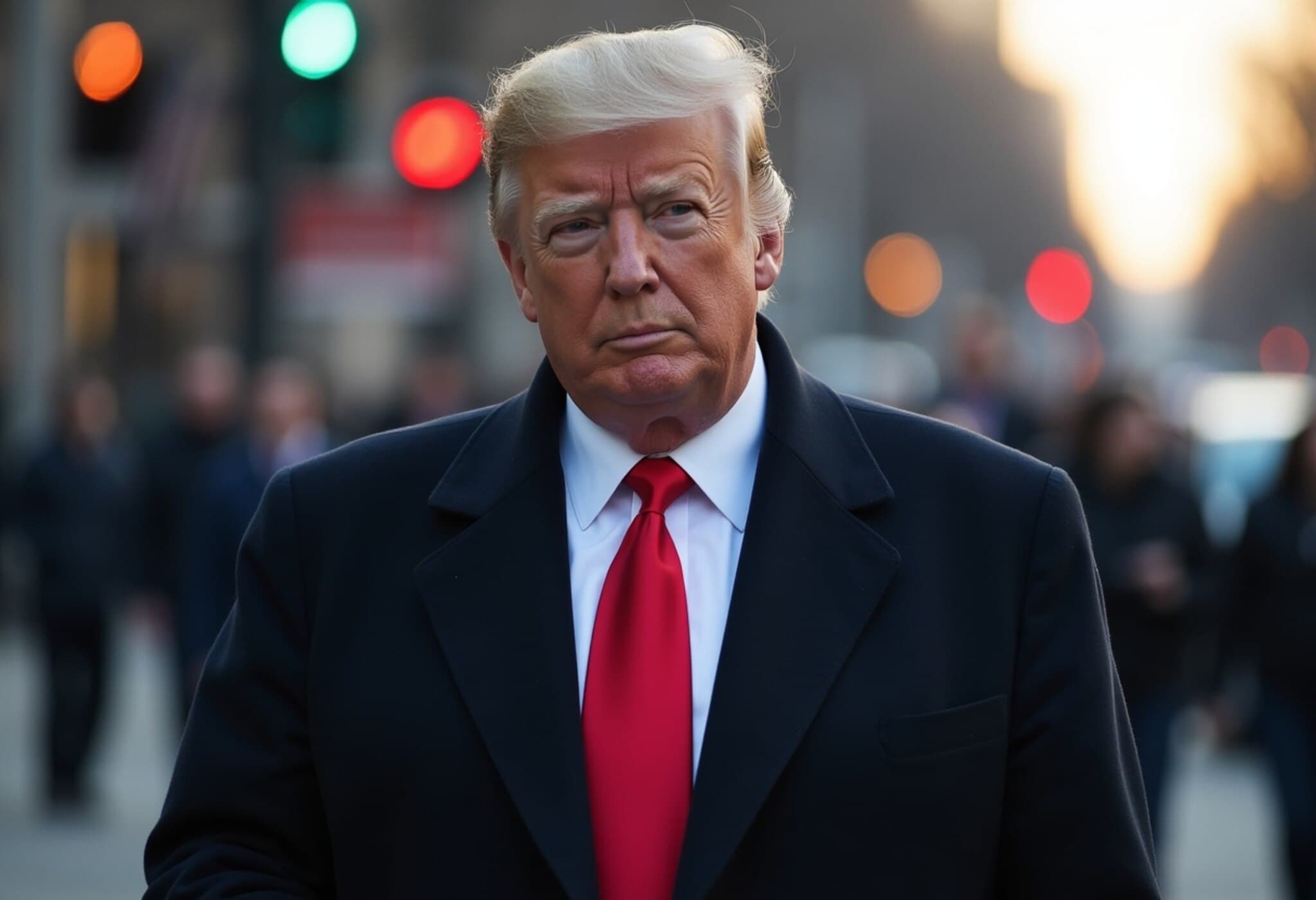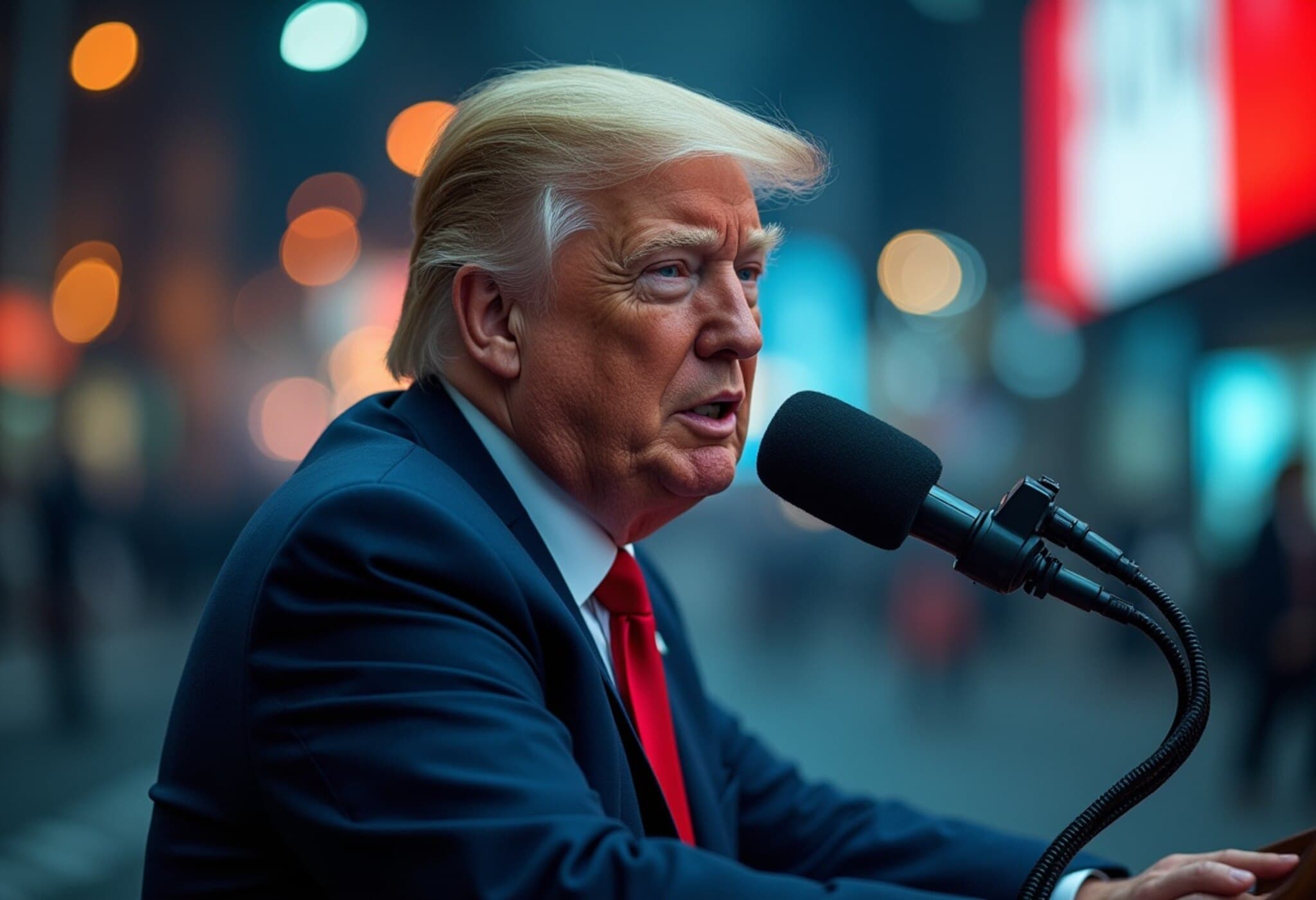How Mango the Parrot Became a Key Witness in a Prison Drug Bust
In an unusual turn of events, a pet parrot named Mango has played a pivotal role in exposing a drug trafficking operation run from behind bars. The feathered informant’s incessant squawks and spontaneous mimicry of incriminating statements caught the attention of law enforcement, ultimately assisting in dismantling a narcotics ring operating within a prison cell.
The Unlikely Detective: Mango’s Role in the Investigation
Mango, known among prison staff and inmates for its loud and vivid calls, began repeating suspicious phrases linked to the drug operation. These caught the ears of corrections officers who, upon further scrutiny, recorded videos of the bird’s vocalizations. The recordings revealed references that aligned closely with ongoing intelligence about illicit activities inside the facility.
According to investigative sources, the explicit content of Mango’s squawks provided law enforcement with crucial evidence, including the names involved and coordination details of drug exchanges facilitated by the prison-based gang.
From Cage to Courtroom: How Animal Behavior Intersected with Law Enforcement
This extraordinary case highlights the unexpected ways animals can offer unique insights in criminal probes. Mango’s repeated imitations essentially acted as an informal informant, articulating conversations overheard from its owner — an inmate suspected of orchestrating the narcotics ring.
Experts on criminal behavior note that concealed prison drug markets often rely on clandestine communication channels. Yet, here, an animal’s vocal mimicry inadvertently pierced through the secrecy cloak. It raises compelling questions about surveillance, privacy, and the surprising vulnerabilities of organized crime, even in highly controlled environments like correctional facilities.
Context: Drug Trafficking Challenges Behind Bars
Drug smuggling into prisons has been a persistent issue in the United States and globally, undermining rehabilitation efforts and fueling violence. Innovative law enforcement approaches, ranging from technological surveillance to psychological profiling, are continuously deployed to combat these illicit networks.
Mango’s case adds a novel dimension, illustrating how even non-human actors can influence criminal investigations. However, it also spotlights the broader systemic challenge: prison environments remain fertile grounds for sophisticated, clandestine drug operations, demanding ever-evolving countermeasures.
Looking Ahead: Lessons Learned and Broader Implications
- The importance of vigilance—unexpected clues can come from surprising sources, urging law enforcement to maintain open-minded observation strategies.
- Animal welfare in correctional settings—inmates often form bonds with pets; understanding these interactions may assist administrators in managing both security and rehabilitative goals.
- Legal and ethical considerations—using evidence derived from animal behavior challenges traditional investigative boundaries, presenting a frontier for judicial review.
As Mango’s squawks echo beyond the prison walls, this curious incident serves as a reminder that in the fight against crime, sometimes the most unexpected witnesses can tip the scales toward justice.
Editor’s Note
While Mango’s story brings a touch of whimsy to the serious issue of prison drug trafficking, it also forces us to reconsider how unconventional evidence is gathered and valued. What does this mean for inmates’ rights and privacy? Could similar scenarios arise elsewhere, and how might law enforcement balance innovation in surveillance with ethical safeguards? This case opens avenues for both legal debate and deeper conversations about rehabilitation versus security in correctional systems.



















